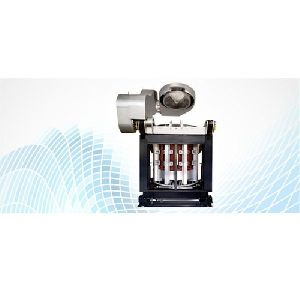
E-10/E-20 Melting Furnace
Get Price Quote
Application Laboratory Sampling F/C Foundry Sector Investment Casting High Precise Metal Melting(Gold,silver) Mimi. Industries

Vacuum Impregnation Furnace
Get Price Quote
Advabtage OF PM Small and precise components. Consistency and repeatability. Lower Overall product cost.
Best Deals from Furnaces

Laboratory Muffle Furnace
25,000 - 35,000 Per Piece
1 Piece(s) (MOQ)

Aluminium Die Casting Furnace
Get Price Quote

Induction Melting Furnace
Get Price Quote
High- strength due to its structured created by reinforced refractory top and bottom blocks, which is supported by SS rods and with firm coil supports. Free magnetic path within the furnace provided Maximum efficiency. Free breathing coil provides easy maintenance.

Furnace
Get Price Quote
Furnace, metallurgical induction furnaces

Tilting Furnace
Get Price Quote
Tilting Furnace, Pressure Die Casting Machine

medium frequency induction furnaces
Get Price Quote
medium frequency induction furnaces

Furnaces
Get Price Quote
Furnaces, Industrial Machinery Parts, Industrial Machinery, Bright Bars

Furnace
Get Price Quote
Furnace, Laboratory Apparatus, Laboratory Glassware, Hot Plate